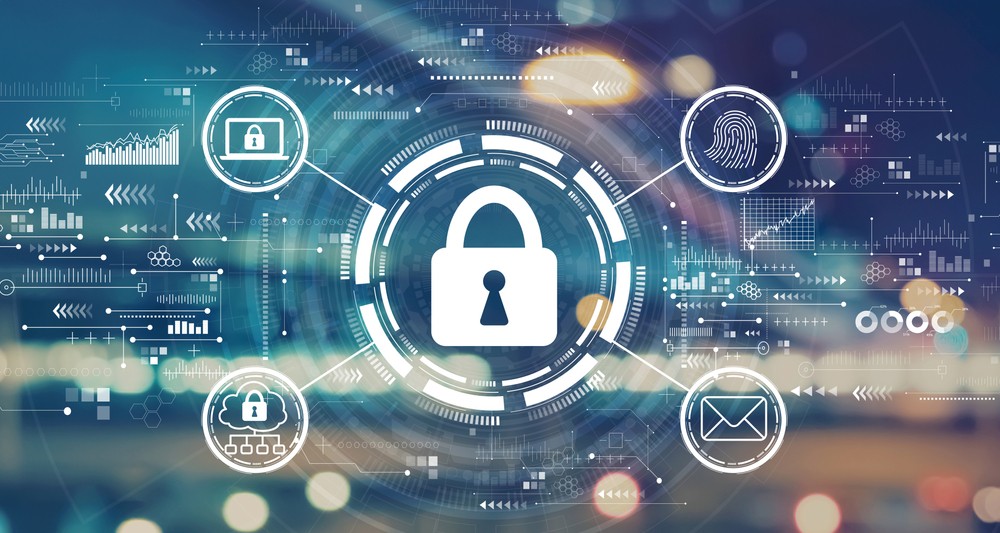The number of nation-state and data exfiltration-based cyberattacks continues to increase, which has emphasised the need for organisations to reexamine their cybersecurity preparedness. According to the report, incident response plans are not prevalent enough, with 64 percent of mid-sized companies having a formal incident response plan in place.
“Traditionally, mid-sized organisations have lacked the proper cybersecurity resources, so it is important that they understand the value in staying one step ahead of rapidly-evolving threats like ransomware,” said Kris Lahiri, Co-Founder and Chief Security Officer at Egnyte. “The findings of this study reinforce that all businesses can bolster their cybersecurity defences by leveraging holistic data governance tools, including data backup processes, training for end-users, and solutions to identify suspicious activity.”
Egnyte’s Cybersecurity Trends for Mid-Sized Organizations Report also identifies the following key trends:
● Cyber insurance premiums are on the rise. Forty-seven percent of respondents’ organisations experienced premium increases of 76 percent or more in the past year.
● Cybersecurity awareness training is being delivered more frequently. Sixty-three percent of respondents’ organisations conduct cybersecurity awareness training at least once a quarter.
● The rise in cyberattacks has prompted organisations to increase focus on user access to critical data repositories. A majority of companies track geographical access (61 percent) and flag unusual user folder (57 percent) and/or time of day access (53 percent) as a means to detect unusual access to their data repositories.





